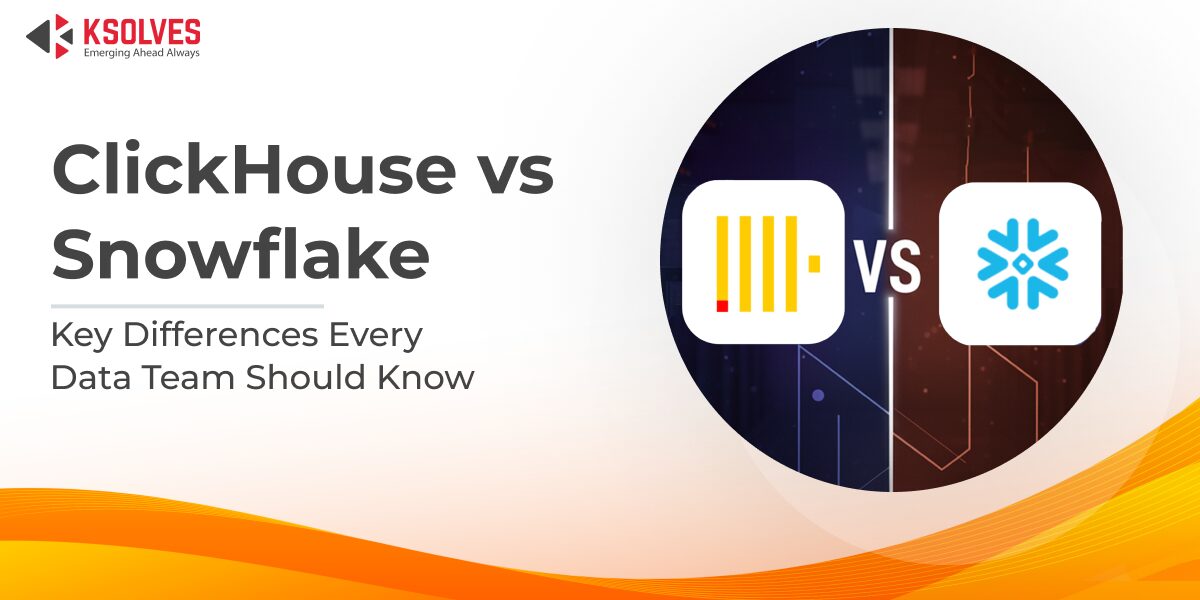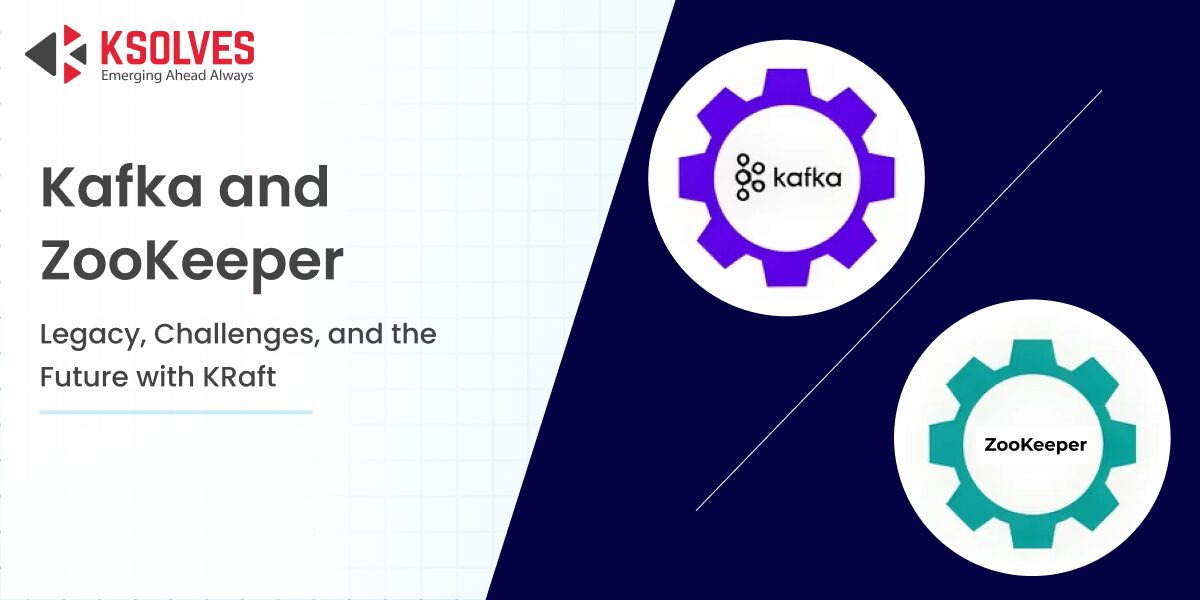Why Managing Apache HBase at Scale Isn’t Easy
Apache HBase
5 MIN READ
June 20, 2025
![]()

Apache HBase is a distributed, column-oriented NoSQL database built to handle real-time read/write access to massive datasets. Commonly used alongside Hadoop, Hive, and Spark, HBase supports high-demand use cases like fraud detection, messaging platforms, and time-series analytics.
Today, over 13,600 companies rely on Apache HBase across industries such as e-commerce, telecom, and finance.
While HBase delivers impressive scalability and performance, managing it at enterprise scale is a different story. As data volumes grow, tasks like data modeling, performance tuning, backup strategies, and region server management become significantly more complex.
In this blog, we’ll explore:
- Why managing Apache HBase at scale is uniquely difficult
- How expert support services solve these issues efficiently
- When it’s time to bring in a dedicated HBase partner
Whether you’re scaling up an existing deployment or preparing for production-grade workloads, this guide will help you understand where expert support truly matters and how it can future-proof your HBase environment.
The Core Strengths of Apache HBase
Apache HBase stands out for its ability to handle massive datasets with high throughput and low latency. Its architecture and ecosystem integration make it particularly effective in big data environments. Here’s a closer look at its key strengths:
1. Column-Oriented, Distributed Architecture
HBase is designed around a column-oriented storage model, which allows efficient reads and writes of individual columns without scanning entire rows. This design is ideal for sparse datasets and offers high flexibility in schema design. Being distributed by nature, HBase scales horizontally—just add more nodes to handle growing workloads.
2. Seamless Integration with the Hadoop Ecosystem
Built on top of HDFS (Hadoop Distributed File System), HBase integrates effortlessly with other Hadoop components such as Hive for SQL querying, MapReduce for batch processing, and Spark for in-memory analytics. This makes it a natural fit for organizations running big data pipelines and needing both batch and real-time capabilities within the same infrastructure.
3. Optimized for Time-Series and Real-Time Data
HBase excels in use cases where low-latency access to large volumes of time-stamped or real-time data is essential. It is commonly used in scenarios like monitoring platforms, messaging systems, financial tick data, and sensor-based IoT analytics. Its design enables consistent and predictable performance even under heavy write loads.
Why Managing HBase at Scale is Challenging
Apache HBase is designed to handle big workloads, but running it at scale is far from simple. As clusters grow and data expands, day-to-day operations can become overwhelming without the right expertise. Here’s why:
1. Cluster Complexity
Running HBase involves managing many nodes that need to work in sync. As clusters grow, so does the need to balance regions (data partitions) across servers. You also have to fine-tune settings for the Java Virtual Machine (JVM), which runs HBase, and coordinate well with the underlying storage system (HDFS).
For instance, if one counter at a supermarket suddenly has too many customers (regions) while others have few, the line at that counter gets long and slow. Similarly, if one server has too many regions to handle, it slows down data reads and writes for the data it stores.
2. Data Volume & Performance
When your HBase database stores a huge amount of data, it needs to constantly organize and clean up that data to keep working fast. This process is called compaction, where small pieces of data are merged into bigger files to improve read speed. But compactions can take time and slow down the system temporarily.
Another issue is write amplification, which means the system ends up writing the same data multiple times during these cleanup processes, putting extra strain on storage and slowing things down.
Imagine an online store processing thousands of orders every minute. During busy times, like a flash sale, the system has to keep up with writing all these new orders without slowing down. If compactions or server crashes happen, customers may experience delays in seeing updated stock or order confirmations.
3. Operational Overhead
Managing HBase means more than just setting it up once. You have to regularly back up data, create copies of data across different locations (replication), and prepare for emergencies like system failures (disaster recovery). These tasks need ongoing attention because your system and data keep growing and changing.
Think of a logistics company that is expanding its delivery operations into new regions. They need to copy shipment data across different data centers so that their tracking dashboards update in real time everywhere. If replication isn’t properly managed, those dashboards might show old or incomplete data, causing delays and confusion.
4. Monitoring Blind Spots
HBase doesn’t have built-in visual tools (dashboards) for monitoring its health. While it provides lots of technical data (metrics), teams usually have to rely on outside tools like Prometheus or Grafana, or even custom scripts, to watch for problems. Without good monitoring, issues can go unnoticed until users complain.
So, if there’s a sudden slowdown in reading data (read latency), it might not be immediately obvious. Customers could experience delays, but the tech team might only realize the problem after complaints start coming in, by which point the impact is already significant.
5. Security & Compliance
Setting up strong security in HBase is complicated. You need to configure authentication (e.g., Kerberos), control who can access what data (role-based access), and make sure data is encrypted both when stored and when moving over the network. This is especially important in industries with strict rules, like healthcare or finance.
For example, a healthcare provider must protect sensitive patient records stored in HBase. They have to ensure the data is encrypted, and only authorized staff can access it. Mistakes in security settings could lead to serious legal trouble or data breaches.
What Support Teams Do Differently
Support teams bring specialized expertise to manage Apache HBase more efficiently at scale. They focus on proactive monitoring, fine-tuning performance, automating operations, and ensuring security, so your system stays fast, reliable, and compliant.
- Proactive Monitoring and Alerts
Support teams set up tools like Prometheus and Grafana to continuously watch over HBase’s performance. This helps in spotting issues early, such as slow responses or server problems, allowing quick fixes before users are affected.
- Optimized Configuration
They fine-tune settings like how data is divided (region sizes), when in-memory data is saved to disk (memstore flushes), and how data is cleaned up (compaction policies). These adjustments ensure HBase runs smoothly and efficiently.
- Reliable Backup and Recovery Plans
Support teams implement regular data backups and set up systems to quickly recover from failures. This ensures that, in case of any issues, data can be restored, and services can continue with minimal disruption.
- Guidance on Scaling
As data grows, support teams advise on the best ways to expand HBase’s capacity. This could mean adding more servers (horizontal scaling) or enhancing existing ones (vertical scaling), depending on the specific needs.
- Automation of Routine Tasks
They create scripts to automate common tasks like redistributing data evenly across servers, detecting inactive regions, and handling server failures. Automation reduces manual work and speeds up responses to issues.
- Enhanced Security and Compliance
Support teams ensure that HBase is secure by setting up proper user access controls, encrypting data, and complying with regulations like GDPR and HIPAA. This protects sensitive information and meets legal requirements.
When to Invest in Apache HBase Support Services
As your HBase environment grows in complexity, so do the risks of downtime, data loss, and performance issues. Expert HBase support becomes essential when stability, scalability, and integration matter most.
- Moving from Development to Production
When your HBase setup is no longer just an experiment and you’re preparing to go live, things get more serious. Production environments need high reliability, proper data handling, and optimized performance. Support teams help with that transition by validating configurations, hardening security, and ensuring the system is production-ready.
- Handling Massive Data Growth
As your data grows from terabytes to petabytes, managing performance, storage, and availability becomes much harder. Support experts help scale your infrastructure the right way, avoiding slowdowns or outages. They guide on how to optimize compactions, balance regions, and manage larger clusters smoothly.
- Integrating with Other Big Data Tools
If you’re connecting HBase with tools like Apache Kafka (for streaming), Apache Hive (for querying), or third-party BI platforms, things can get complex. Support teams help with clean integrations, stable data pipelines, and proper schema mapping—so everything works together without breaking.
- Needing High Availability and Fast Recovery
For mission-critical applications, downtime isn’t an option. Support services provide 24/7 monitoring, quick incident response, and robust recovery plans. Whether it’s hardware failure or unexpected load spikes, they’re ready to keep your system running with minimal disruption.
How Ksolves Adds Value to Apache HBase Deployments
At Ksolves, we help businesses get the most out of their Apache HBase setups—whether you’re just getting started or managing a large-scale deployment.
- End-to-End Services
We offer full lifecycle support, from initial implementation and cluster setup to advanced tuning, performance audits, and ongoing managed support. This ensures your HBase environment stays stable, efficient, and aligned with business goals. - Certified HBase Experts
Our team includes certified engineers with deep knowledge of Apache HBase, Hadoop, and Spark. With hands-on experience in handling complex data pipelines, they bring technical precision and best practices to every project. - Industry-Specific Use Cases
We’ve supported clients across industries such as finance (real-time fraud detection), telecom (live billing systems), and retail (personalized recommendations). Our cross-industry knowledge helps us tailor HBase solutions to your unique requirements. - Flexible & Scalable Engagement Models
Whether you need one-time consulting or long-term managed services, we offer flexible support packages. Plus, our 24×7 global support team ensures help is always available—no matter the time zone or urgency.
Final Thoughts
Apache HBase delivers powerful capabilities for handling real-time, high-volume data workloads, but managing it at scale comes with serious operational and architectural challenges. From performance bottlenecks to security gaps, what starts as a promising deployment can quickly become difficult to maintain without the right expertise.
That’s where experienced support partners like Ksolves come in. With certified HBase professionals, proven industry use cases, and 24×7 managed services, we help businesses unlock the full potential of HBase—safely, efficiently, and at scale.
So, let’s talk about how Ksolves can support your deployment, improve performance, and future-proof your big data ecosystem. Contact us today at sales@ksolves.com to get started.
![]()







AUTHOR
Apache HBase
Anil Kushwaha, Technology Head at Ksolves, is an expert in Big Data. With over 11 years at Ksolves, he has been pivotal in driving innovative, high-volume data solutions with technologies like Nifi, Cassandra, Spark, Hadoop, etc. Passionate about advancing tech, he ensures smooth data warehousing for client success through tailored, cutting-edge strategies.
Share with